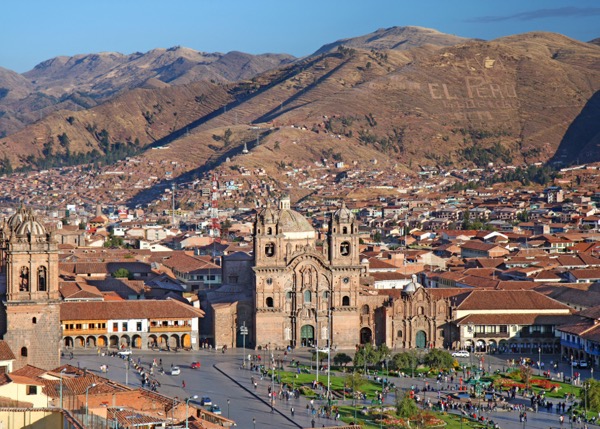Art World
Secrets of Inca Civilization Revealed


Peruvian cultural officials have announced that a cutting-edge electronic survey of the southeastern city of Cusco will allow archaeologists to search for buried artifacts without having to dig, according to Art Daily. The analysis is expected to take five years and is being paid for Peruvian and international sponsors.
Scientists are keen to analyze the ancient Inca capital for information on the city and its inhabitants before the start of Spanish imperialism in the 16th century. Archaeologists are also hoping to discover more information on pre-Inca, Inca, and imperial Spanish history.
Ricardo Ruiz Caro, a representative of the Culture ministry of Cusco explained to Art Daily, “Every culture built on top of each other to impose their authority and dominance.” He added that this “mapping [effort] will not only include archaeological items, but will also map history, stories, and everything needed to give detailed information to understand the origin of Cusco.”
Two months ago, maintenance work on a city street led to the discovery of ruins thought to be an ancient Inca bridge, complete with six-foot-high walls and stairs. “The historic center of Cusco is like an overlay of several skins, you lift a stone and you find amazing vestiges of earlier cultures,” Ruiz Caro said.
Attracting over one million visitors annually, Cusco and the nearby Inca settlement Machu Picchu are the two most popular tourist attractions in Peru.